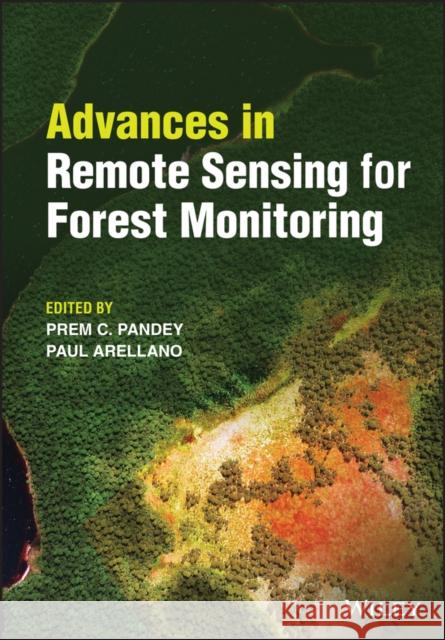Advances in Remote Sensing for Forest Monitoring » książka
topmenu
Advances in Remote Sensing for Forest Monitoring
ISBN-13: 9781119788126 / Angielski / Twarda / 2022 / 352 str.
Kategorie:
Kategorie BISAC:
Wydawca:
John Wiley and Sons Ltd
Język:
Angielski
ISBN-13:
9781119788126
Rok wydania:
2022
Ilość stron:
352
Wymiary:
24.4 x 17.0
Oprawa:
Twarda
Dodatkowe informacje:
Bibliografia











